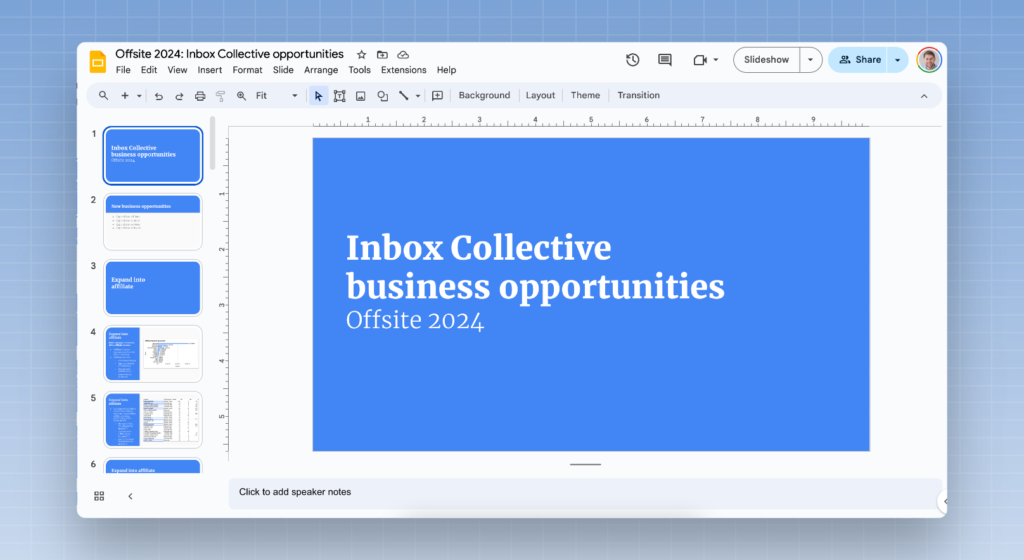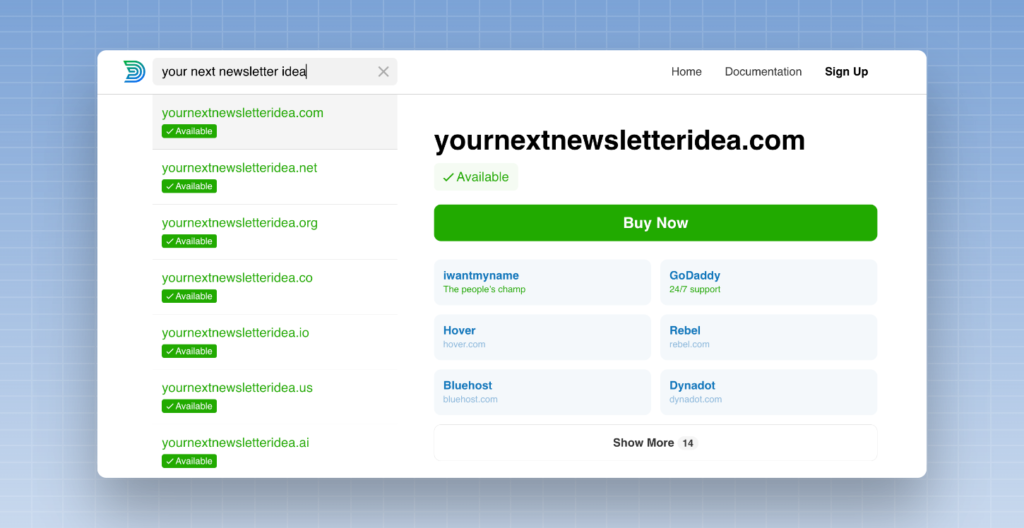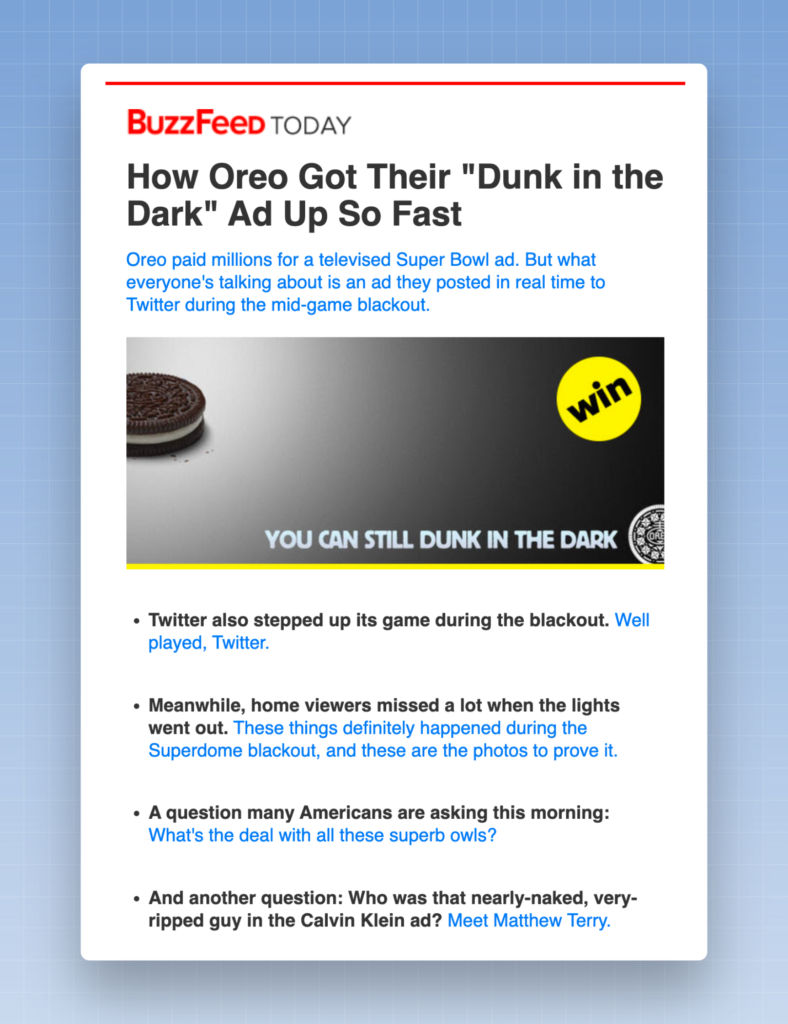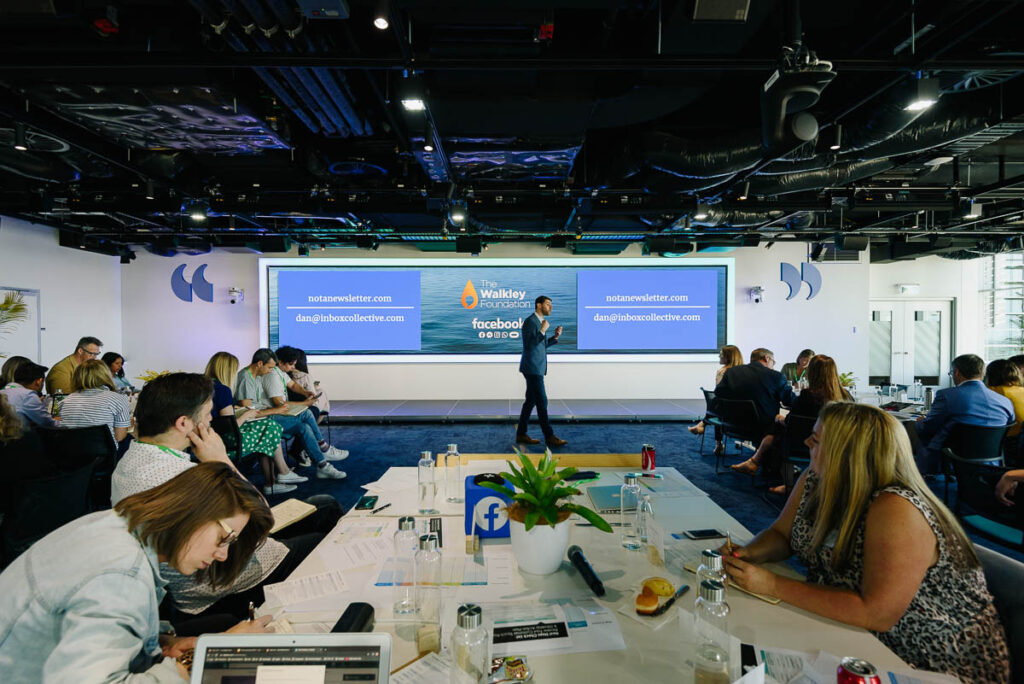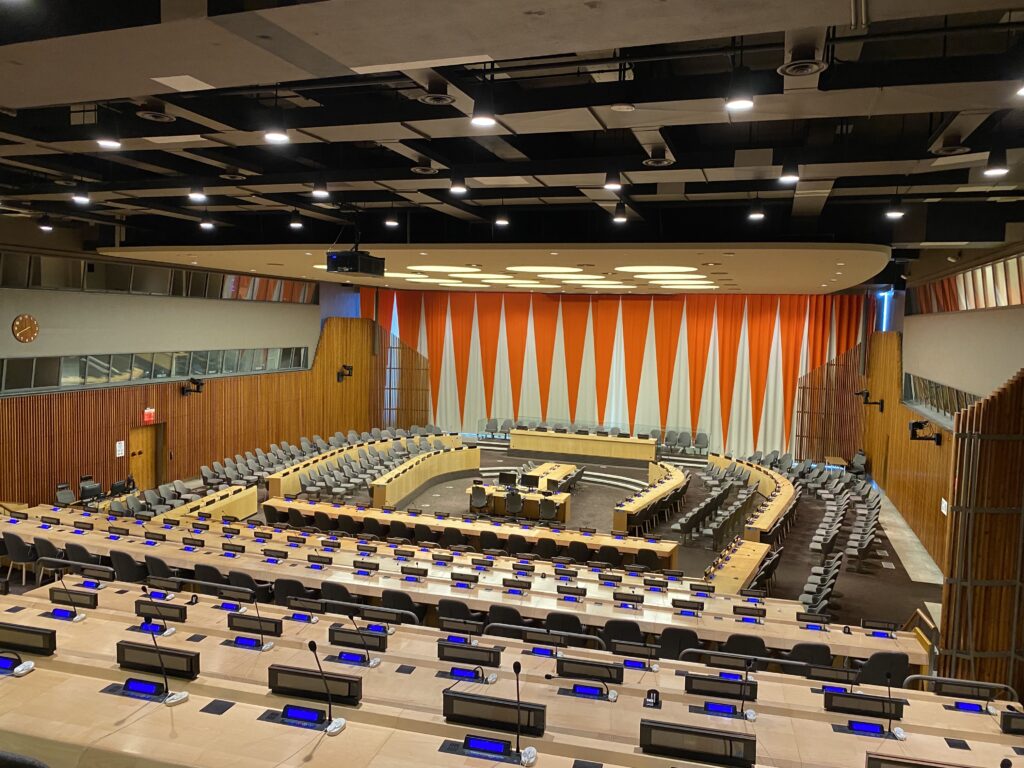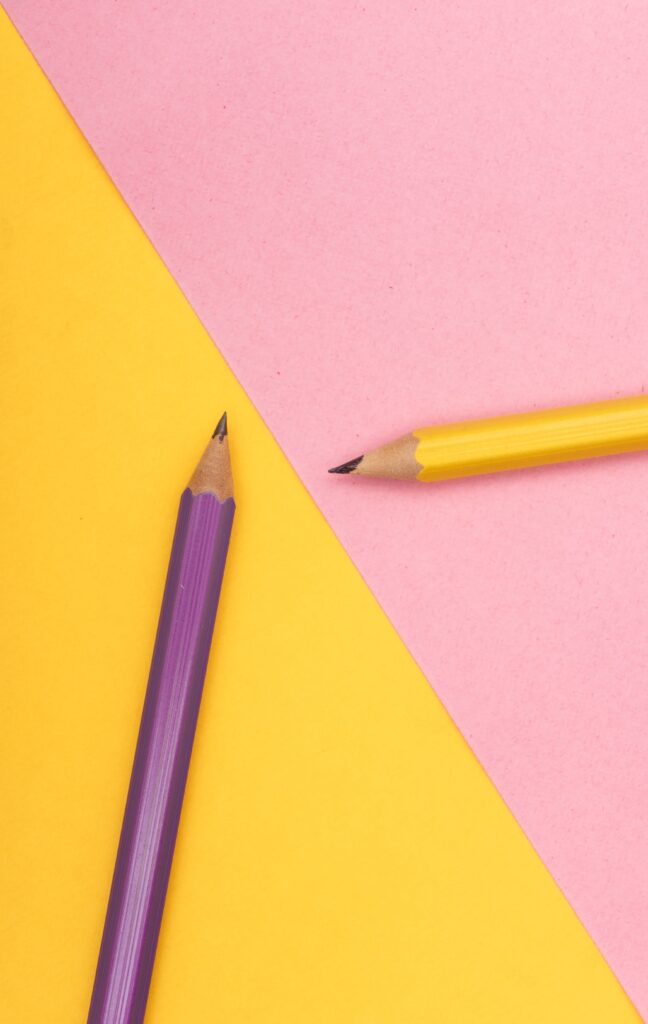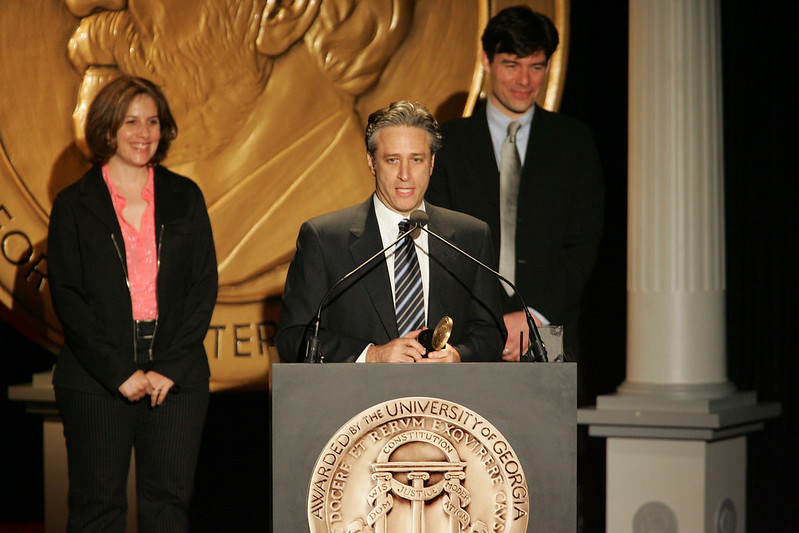
Jon Stewart did this great interview the other day with Matthew Belloni on “The Town” podcast, and this part really stuck with me:
Jon Stewart: Post-mortem is the gift to the gods in terms of improving content and really anything.
Matthew Belloni: So Tuesday morning, it’s, “What did we do right? What did we do wrong? Did this land? Did this not?”
Jon Stewart: It‘s Monday night, and it has to be an agnostic process. It’s not a blame process. It’s always a constructive, like, “How do you feel that worked out?” You always have to be self-examining, reflective of the process, little things, because it’s the only thing that keeps you on top of it.
It’s a lesson I think more of us could apply to our work.
Running an end-of-the-year campaign? Make sure you put time on the calendar the week after the campaign ends to review everything and document lessons for next time.
Launching a new newsletter? Set up check-ins on the calendar every few months to make sure you’re meeting your goals and want to continue investing in that newsletter.
Building a new business? Make sure you hold quarterly reviews to track what’s what working, what isn’t, and what you want to do next.
It’s not enough to put the work out into the world. You also have to make space to review, reflect, and iterate.
———
That photo of Jon Stewart accepting a Peabody Award on stage in 2005 — he’s in a black suit with a dark tie and is behind a podium with a gold replica of the award — comes via the Peabody Awards and a Creative Commons license.

